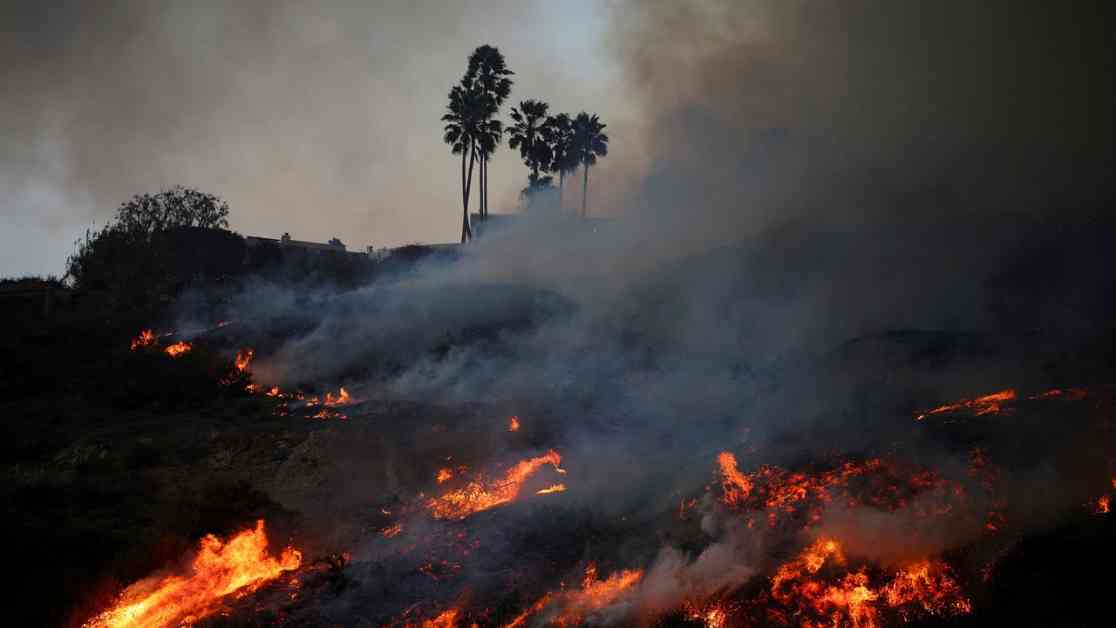Understanding the Causes of the Los Angeles Fires: A Detailed Analysis
The recent fires in and around Los Angeles have left a trail of devastation, claiming dozens of lives, destroying thousands of homes, and prompting evacuation orders for hundreds of thousands of people. The economic toll is projected to reach as high as a hundred and fifty billion dollars.
Unprecedented Factors Behind the Fires
Climate scientist Daniel Swain, from U.C.L.A. and the University of California Agriculture and Natural Resources, sheds light on the unique factors that fueled these catastrophic fires. Not only was the extent of the damage staggering, but the conditions leading up to the fires were equally extraordinary.
It is not uncommon for dry, strong winds to sweep through the mountains and valleys near Los Angeles in January. However, this event was particularly forceful and reached far more populated areas than usual. The Santa Ana winds, while not atypical, were intensified by a different low-pressure system, resulting in stronger gusts from the north.
Moreover, the region experienced historically dry conditions, with the Los Angeles and San Diego areas recording their driest or second-driest start to the season in a century. This lack of rainfall left vegetation exceedingly dry and prone to ignition, setting the stage for the catastrophic fires that ensued.
The Impact of Atmospheric Thirstiness
Swain delves into the concept of “atmospheric thirstiness,” which plays a key role in escalating wildfire risk. This phenomenon, driven by a combination of reduced precipitation and heightened evaporation rates, dries out vegetation rapidly, turning it into highly flammable fuel for wildfires.
He explains that the extreme dryness of vegetation can lead to varying levels of fire intensity. While damp vegetation may not ignite at all, moderately dry vegetation can be kindled with effort. However, critically dry vegetation, which burns readily and intensely, poses a significant threat due to its potential to fuel rapid fire spread and create its own weather conditions.
Climate Change’s Connection to Wildfire Risk
Swain emphasizes that the increasing wildfire risk associated with climate change is primarily linked to the aridity of vegetation. As global temperatures rise, atmospheric evaporative demand intensifies, accelerating the drying out of plants and soil. This heightened thirstiness of the atmosphere contributes to the rapid desiccation of vegetation, amplifying the likelihood of catastrophic wildfires.
In conclusion, the devastating fires in Los Angeles serve as a stark reminder of the intricate interplay between climate conditions, vegetation dryness, and wildfire risk. Understanding these complex factors is crucial in mitigating the impact of future infernos and safeguarding communities against the ravages of nature.
Throughout the discussion with Daniel Swain, his passion for climate science and dedication to unraveling the mysteries of extreme weather events shine through. His expertise and insights provide invaluable knowledge for comprehending the intricate dynamics behind natural disasters, fostering a deeper appreciation for the delicate balance between human activity and the environment.












